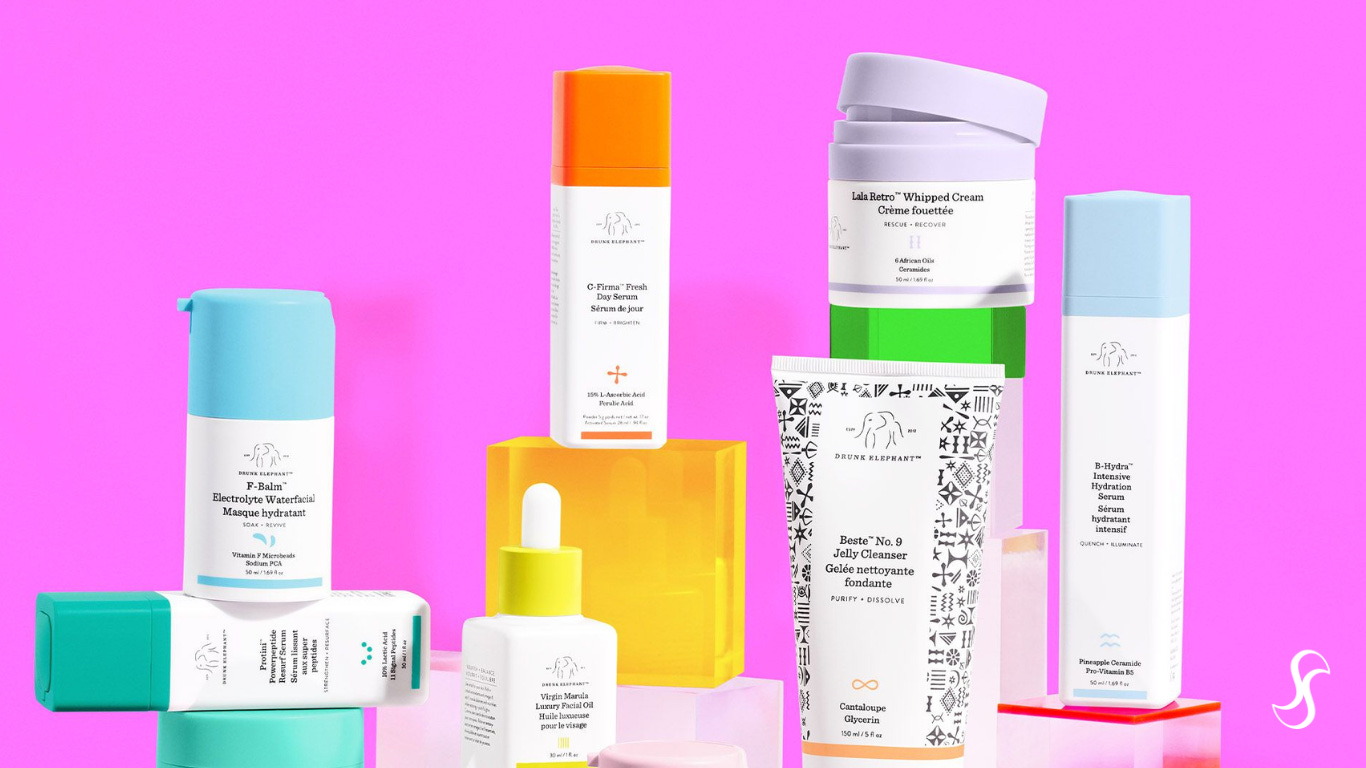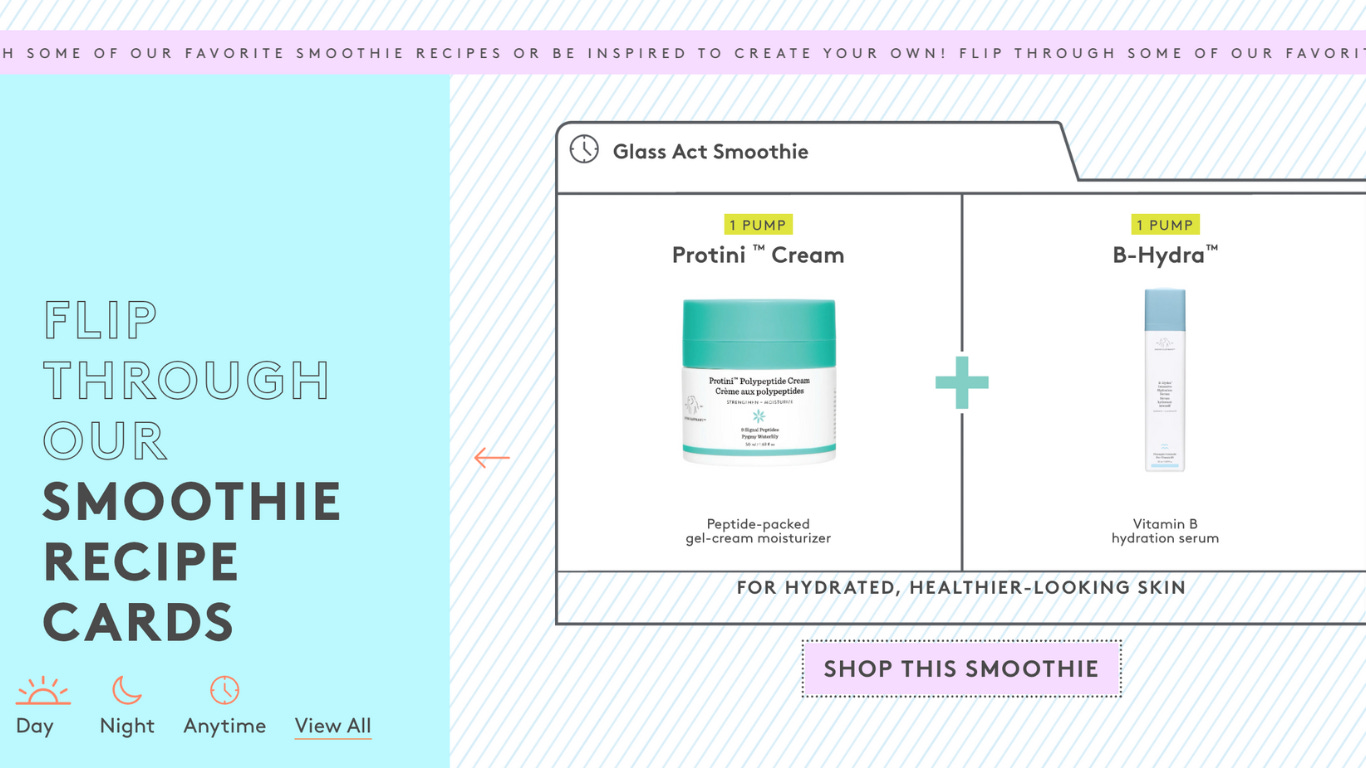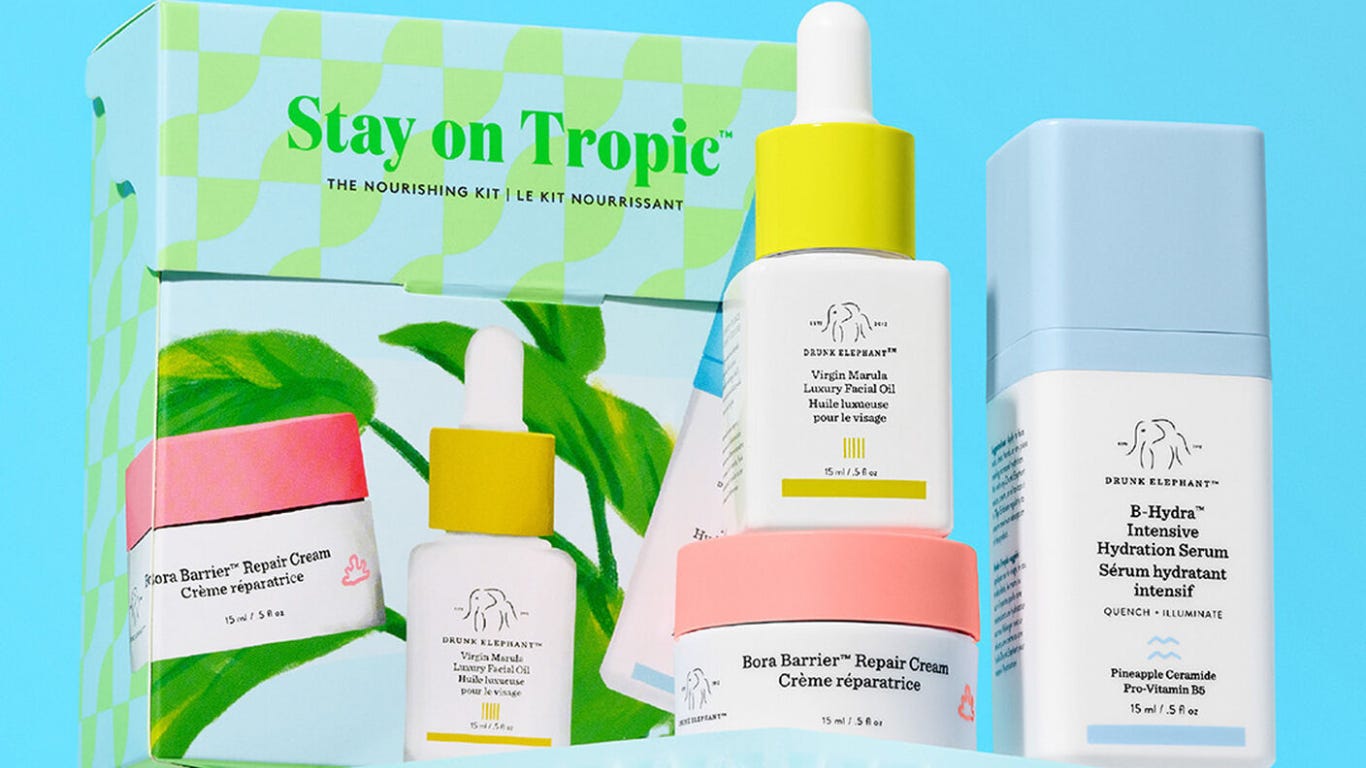Category Shifters: DRUNK ELEPHANT
Cultural Contradiction, Breaking Category Codes, Lexicon, Maintaining Appeal, Major Keys and Room For Growth
Category Shifters: How Drunk Elephant Rewrote Skincare's Rules
Clean, clinical skincare focused on biocompatible ingredients without the "Suspicious Six"
Known for their distinctive colourful packaging and science-backed "smoothie" formulations
Founded by Tiffany Masterson in 2012 and acquired by Shiseido for $845 million in 2019 (not bad for 7 years hey?)
Brands that break cultural & competitive rules fascinate me.
Drunk Elephant (DE) didn't just create another skincare line. They changed how we think about what skincare should be.
The beauty industry had spent decades conditioning us to accept a fundamental trade-off: effective or natural. Scientific or clean. Results or gentleness. This wasn't just marketing; it was embedded in the cultural conversation around beauty and self-care.
What makes DE's story so compelling isn't the $845 million exit (though that certainly validates their approach). It's how they identified a cultural tension that consumers had been silently struggling with and offered permission to reject it entirely.
The Power of Cultural Contradiction
Every category has its unwritten rules – key nuances, biases and assumptions that are so deeply embedded, they are rarely questioned. In skincare, the natural vs. clinical divide wasn't just a marketing construct; it had become an identity marker.
Are you the type of person who prioritises "clean" ingredients and holistic approaches? Or are you results-driven, trusting science and dermatological formulations?
Drunk Elephant's brilliance was recognising this wasn't just a product preference but an unnecessary identity choice that many consumers resented having to make.
By explicitly rejecting their famous "Suspicious Six" ingredients (essential oils, drying alcohols, silicones, chemical sunscreens, fragrances/dyes, and SLS), they weren't simply creating another formulation approach. They were offering consumers a new way to think about themselves and their choices.
Break Category Codes Not Hearts / Trust
My brother-in-law always said “never break more than one rule at a time”. Though the context might have been different when this was shared, it’s application here is undeniable: that most brands, during disruption endeavours, often break too many rules at once.
True disruption isn't about rejecting everything familiar; it's about strategically choosing which conventions to keep and which to abandon.
Here’s how DE mastered walked this thin tight rope:
What they kept:
Clinical language around skin health and ingredients
Quality signals and cues
Emphasis on results and efficacy
Aesthetic appeal and "shelfie" worthiness
What they rejected:
Fragrance as a core experience element
The natural vs. chemical dichotomy
Skin "typing" as a classification system
Mysterious proprietary complexes with trademarked names
I see too many brands trying to reinvent everything at once, creating concepts so unfamiliar that consumers can't mentally categorise them. Or worse - do the polar opposite and sound like everybody else.
Selective disruption bares the gift of familiarity with the flirtatiousness of something new. A potent blend, able to unravel even the best of established consumers behaviours.
Permission: Granted.
What Drunk Elephant really sells isn't skincare – it's permission.
Permission to want both natural and effective. Permission to care about ingredients and results. Permission to reject false choices.
This psychological framing transcends functional benefits. It makes customers feel smart and discerning rather than compromising or confused.
The question for your brand isn't just "what do we make?" but "what permission do we give consumers that they're secretly craving?"
The most powerful brand positions often resolve tensions consumers have been conditioned to accept as inevitable.
Say One Thing. And Say Another.
Most people forget that visual systems communicate faster than words. That’s why packaging or products are good in their totality, not for their parts. And DE do a damn good job communicating this "best of both worlds" positioning at every touchpoint.
Notice how they balance seemingly contradictory visual cues:
Clinical white bases with playful coloured tops
Minimalist design with vibrant accent colours
Pharmaceutical-style packaging with a sense of joy
Serious ingredient focus with approachable naming
Too many brands develop their visual identity separately from their strategic positioning, creating a disconnect that weakens both. The most powerful brands use visual language as a direct expression of their strategic territory vs just good looks.
Architecting Lexicon
What's often overlooked in Drunk Elephant's success is how their approach created a natural community of advocates. By articulating a philosophy that many consumers already intuited but couldn't express, they created a sense of "finally, someone gets it."
Their "skin as an organ" approach, focusing on overall skin health rather than types or problems, gave consumers a new language to understand their experiences and challenges. This shared vocabulary became the foundation for community.
Your brand's most powerful asset isn't your product or even your position – it's the community of people who use your language to describe their world. When consumers adopt your framing, you've achieved the deepest form of loyalty.
Maintaining Relevance + Appeal
Drunk Elephant now faces the challenge every successful disruptor eventually encounters: how to maintain relevance when your revolutionary approach becomes the new standard.
Not only that - add brand dupes into the mix, sprinkle some global economic uncertainty to fuel tighter wallets and you’ve got yourself a new dawn of troubles.
With "clean clinical" brands now abundant and even legacy players reformulating to remove the "Suspicious Six," DE must evolve beyond their original distinction without abandoning what made them special.
This is where Masterson's decision to maintain creative control post-acquisition proves particularly astute. Brand founders often underestimate how much of their brand's magic lives in their intuitive decision-making rather than formal brand guidelines or strategies.
The brands that maintain relevance beyond their disruptive phase typically find ways to continuously refresh their original insight rather than abandoning it for new territories. The question becomes not "what's next?" but "how does our core insight apply to emerging needs and contexts?"
Major Keys for Smart Founders / Brand Builders
Look for culturally-imposed compromises that consumers have resigned themselves to making
Selectively break conventions rather than trying to reinvent everything at once
Create a new language that helps consumers articulate what they've always wanted / thought but hadn’t expressed
Align your visual identity directly with your strategic position, using design to communicate your hybrid approach
Build community around shared beliefs, not just product benefits
Help shift how consumers think about the category itself, and you too will make waves.
Where I See Room for Growth
If there's one area where Drunk Elephant still has room to evolve, it's in creating more personalised pathways for discovery and adoption.
Their current approach still requires a relatively high knowledge barrier to entry. Customers need to understand their philosophy and product ecosystem to maximise results – creating a learning curve that can be intimidating for newcomers.
The brands that achieve truly mainstream success find ways to make their revolutionary approaches accessible to everyone, not just early adopters and category enthusiasts.
A more guided approach to product selection – perhaps through a simple diagnostic tool / quiz – would help bridge this gap without compromising their core philosophy. It's not about changing what they believe but making those beliefs more accessible to a broader audience.
Food For Thought
The strategic question Drunk Elephant's success should prompt isn't "how can we copy them?" but "what unnecessary compromise are consumers making in our category?"
Look for the tensions consumers have accepted as inevitable. Listen for the sighs of resignation when they explain their choices. Pay attention to the workarounds they've created to deal with unsatisfying options.
The next category-shifting brand will likely come from someone who, like Tiffany Masterson, refuses to accept that consumers should have to choose between things they equally value.
What's the compromise your brand could eliminate?




